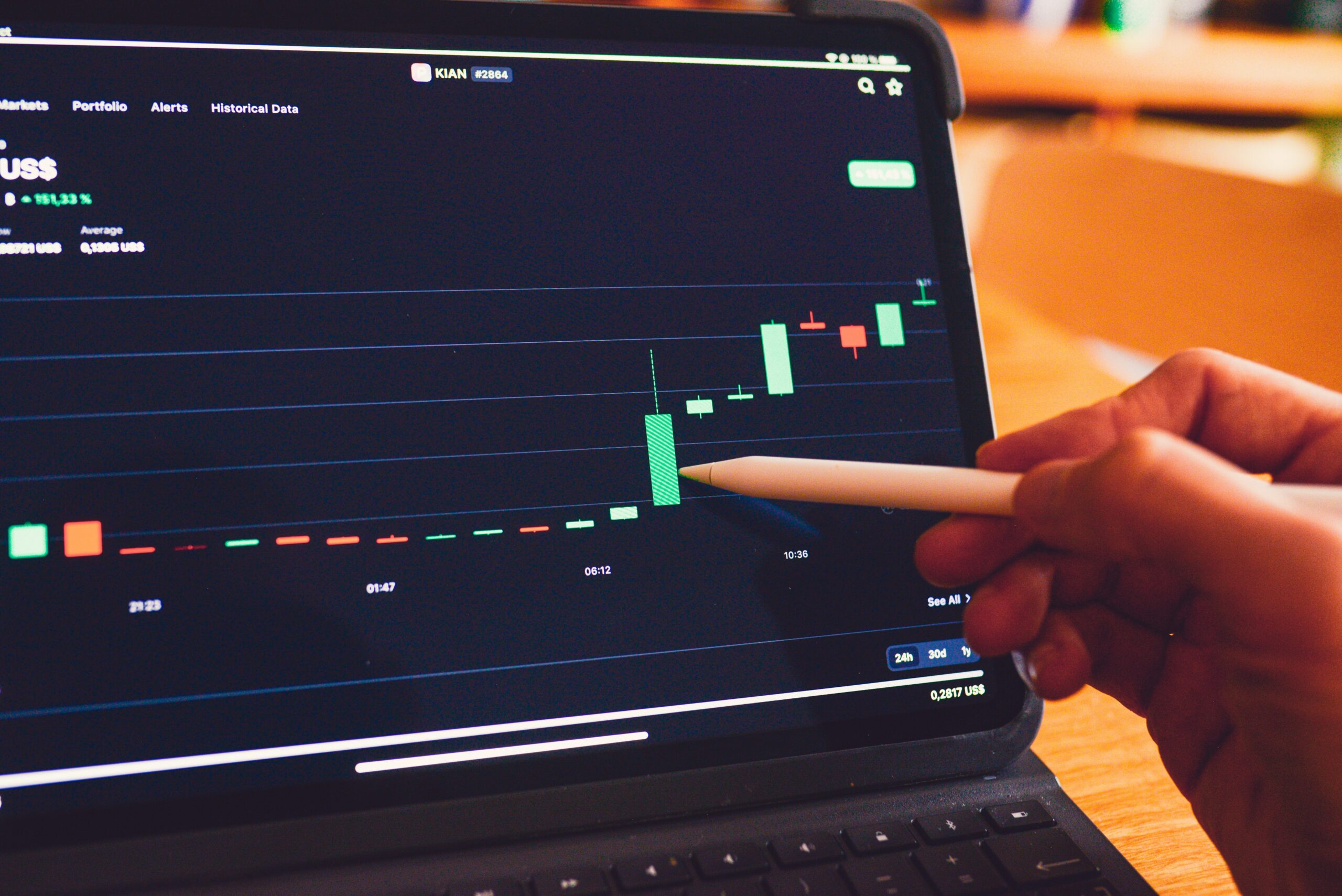Sulzer is a Swiss company specializing in reliable, sustainable solutions for performance-critical applications, focusing on industrial machinery, surface technology, and rotating equipment maintenance. Active in key markets like oil and gas, power, water, and transportation, Sulzer enhances customer competitiveness through innovation. The company operates over 170 locations worldwide.
Expansion into new markets brings challenges on many levels, not least of all financially. When Sulzer, a leading provider of products and solutions in markets such as oil and gas, power, water, and transportation, decided that it needed best-practice treasury and cash management processes to support the developing business operations, the two-pronged treasury project required some external help. Zanders was able to advise on and facilitate a European cash concentration structure and a TMS implementation project.
Sustainable value creation and profitable growth are the ultimate strategic priorities of the company and the financial side of Sulzer’s organization has to be flexible to keep up with the changing patterns of cash flows, revenue streams, investments, and new risk exposures. Treasury needs to move with the challenging cash management environments in new markets, often in developing countries around the world, and it was decided that treasury processes and structures needed to be updated. In 2008, Sulzer’s treasury team embarked on a dual project to implement a new treasury management system (TMS) as well as a new European cash concentration structure.
“In an ideal world we would be able to monitor all the subsidiaries’ transaction data by having access to a data warehouse”
Jean-Daniel Millasson (Corporate Treasurer at Sulzer)

Need for a treasury realignment
Jean-Daniel Millasson, the corporate treasurer at Sulzer, explains that the company has grown organically but also considerably through acquisitions. Today, it has a production and service network of over 170 locations around the world, while back in 2008 it had about 120. He says: “We have legal entities in many countries and each has its own set of bank accounts, banking relationships, and manages its payments and cash management independently of the treasury center in Switzerland, although we give clear directions and guidelines for their treasury activities. We feel it’s very important to further develop in the area of cash and risk management, hence centralizing business support functions such as treasury is a vital way to achieve higher efficiencies, greater transparency and access to real-time information across a broad geographic area.”
With this in mind, one clear goal of this treasury project was to improve cash management and visibility by implementing a Europe-wide zero-balancing cash pool. Equally important was the selection and implementation of a new TMS. Millasson says: “It was clear for me that we needed external support to realize two projects of this magnitude since we are a small treasury team. We therefore decided to conduct a request for proposals (RFP), after which Zanders was selected.”
Cash pool implementation project
The cash pool implementation involved intense interviewing and liaising with Sulzer’s European subsidiaries. Eric Schwarz, head of the corporate treasury center at Sulzer, explains that this data-collection phase of the project was time-consuming. Zanders consultant Bart Timmerman carried out many of these visits and fact-finding missions with Sulzer or on the company’s behalf.
Schwarz says: “During the cash concentration project, Zanders contributed to the success by taking care of that part of the project that we just didn’t have the resources for. They were able to collect and collate data and meet our subsidiaries. Although we at Sulzer didn’t lack the expertise to go ahead and implement the kind of Europe-wide cash concentration structure that we had in mind, Zanders was able to alleviate an important part of the hard work where we needed support.”
The objectives of the cash concentration project were to increase the centralization of cash, to improve visibility of cash balances and flows in Europe, to improve efficiency of cash management, and to later leverage the platform across the organization in a broad geographical sense covering different time zones. The cash concentration project also included an analysis and redesign of the company’s European banking infrastructure and was successfully concluded in 2009.
Gaining visibility and control
The second phase of Sulzer’s treasury transformation was initiated at the same time as the cash concentration project. In fact, the TMS implementation was partially triggered by the need for a best practice system to manage the transaction data generated by the European cash concentration project.
Millasson explains that the previous TMS was not operating in line with best practice and there were still manual processes involved that prevented automated processing of data: “Having a zero-balancing cash pool created a high number of transactions for us – which meant more work for the back office. With the new TMS in place, we’re able to handle this workload. Previously, we didn’t have straight-through processing (STP) or electronic bank statements through our front or back offices,” he says.
Expert advice was invaluable during the selection of a new TMS provider. Sulzer first of all consulted Judith van Paassen, partner at Zanders, and then worked closely with Zanders consultant Bart Timmerman. Millasson adds: “For the TMS project, Zanders’ expertise was crucial. We were looking for professional support on the evaluation of different systems and also on the implementation at a later stage. Even for an experienced treasury department it is difficult to make a decision on an individual system. It was therefore invaluable to work with experts who have in-depth knowledge of the systems.”
Eventually IT2 was chosen but it couldn’t become fully functional until the cash concentration structure was in place, because of the need to have a clear view of the new bank reporting infrastructure. Although IT2 went live with FX deals and reporting in 2009, the full implementation was completed in 2010. Bart Timmerman worked closely with the Sulzer treasury team on the TMS implementation but was also present for much of the European cash pool project. He says: “The two projects were complementary. It was an opportunity for the company to make better use of its idle cash. However, implementing a cash pool without a TMS would have been impossible.”
Millasson adds: “The benefit of the TMS was also that it enabled us to carry out compliance and reporting. It has made a big difference in terms of improving our processes. Of course, data quality is crucial for risk management, too.”
Continuous improvements
While the new TMS has introduced best practice treasury processes, there are still some areas that could be improved, according to Sulzer’s Millasson. He says: “We try to be in a position to best monitor our entities but what we can monitor is limited. We don’t have a common ERP system in the group, which given our business model is not essential, but makes it more difficult for us to access detailed transaction data. At the moment we have to rely on data sent to us by subsidiaries and their analysis. In an ideal world we would be able to monitor all the subsidiaries’ transaction data by having access to a data warehouse.”
In 2011, the new IT2 accountancy module was added for the company’s new cash pool in Australia. Millasson says: “Thanks to Zanders’ knowledge of TMS, this was a short and smooth project, which was nonetheless very important for us.” Currently, Timmerman and his colleague Tobias Schaad are upgrading IT2 to the latest release, while looking at possible enhancements and extended functionality simultaneously with the treasury staff of Sulzer.
“These projects support internal and external growth by concentrating processes
and increasing efficiency”
Jean-Daniel Millasson (Corporate Treasurer at Sulzer)

Future support for a developing business
As Sulzer continues to develop and grow, both geographically and in terms of its markets and technology innovation, Millasson and Schwarz now feel it is well supported by treasury. Millasson says: “We still want our business to grow, so you need to finance it. These projects support internal and external growth by concentrating processes and increasing efficiency – these contribute to growth.”
And like the operational side of the company, Sulzer’s treasury team is not likely to let the grass grow under its feet. Rather, they are constantly looking for improvements to their financial processes. Millasson says: “The immediate projects and priorities are still efficient, to make better future use of the TMS in certain areas, to make processes even leaner, which means having electronic dealing and electronic data submissions from legal entities through the TMS. We also want to roll out our cash concentration strategy to more countries such as Singapore and China.”
Treasury is also considering doing some work to establish meaningful and effective key performance indicators (KPIs) for the business. Millasson explains: “The benefits of KPIs are twofold: a means for continuous improvement and illustrating Treasury’s contribution to the business’s financial performance, and a prerequisite for being able to benchmark against other treasuries. Furthermore, we continuously assess opportunities to expand our in-house bank activities, for instance, by considering how payment factory solutions in certain regions could add value to Sulzer.”
Timmerman summarizes the overall feeling about Sulzer’s treasury project: “What was interesting was that there was dedication at Sulzer and there was a really strong drive to lift the treasury practice one level higher. As clients, they were open about shortfalls in their processes and supporting systems, and this really contributed to the quality and progress of the project. Taking on both projects together was a real challenge and, ultimately, it went very well.”




































